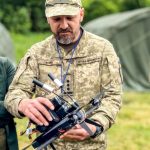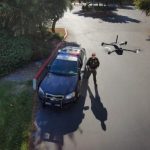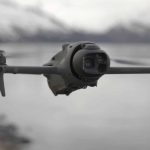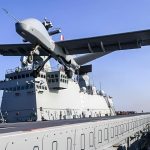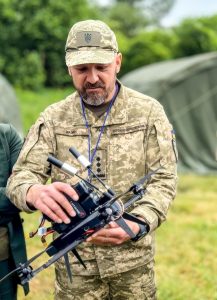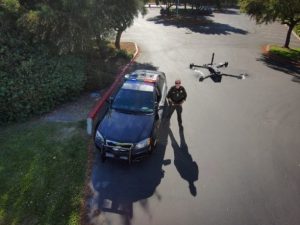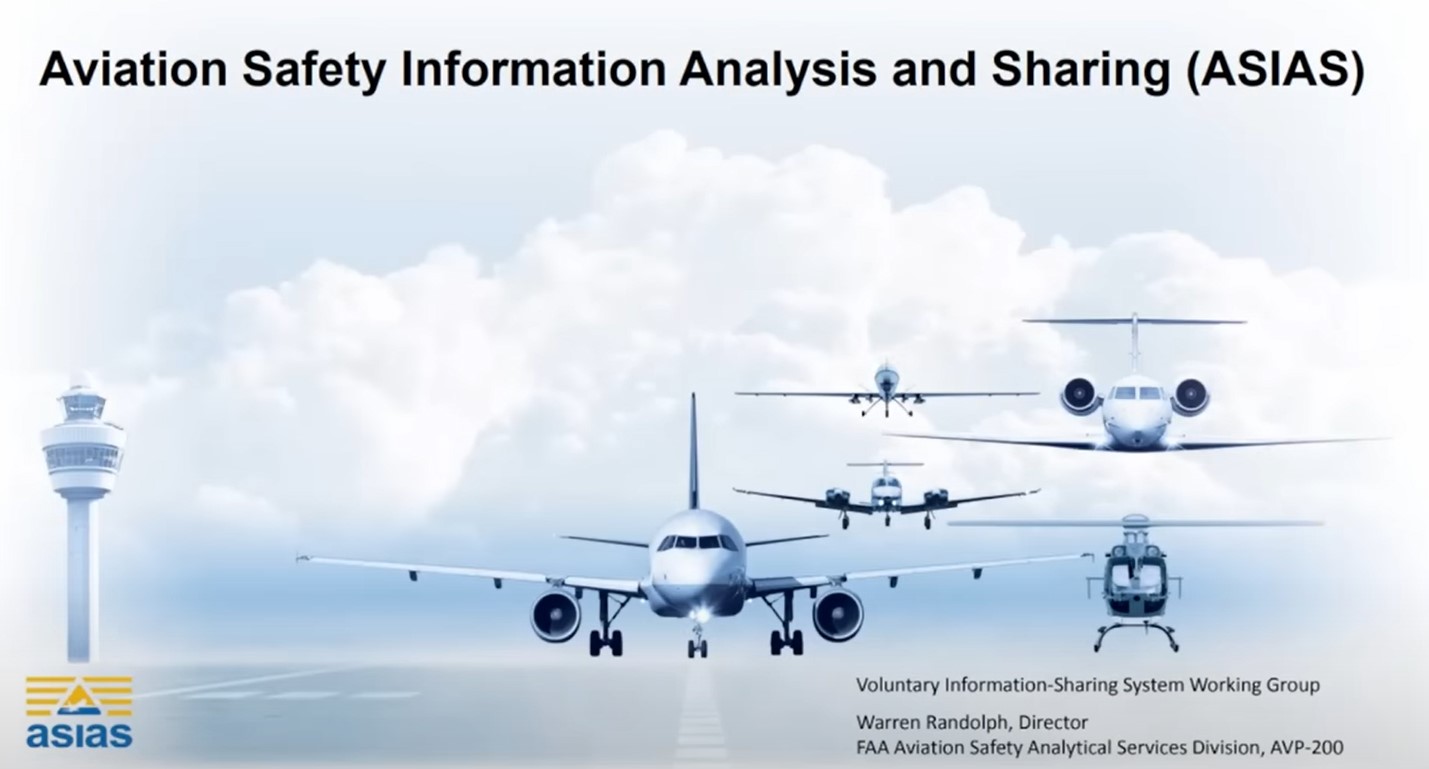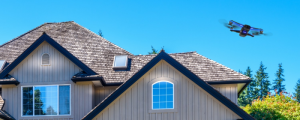Understanding Non-Punitive Aviation Safety Reporting Systems in the Drone Industry
As the integration of drones and air taxis into the National Airspace System (NAS) progresses, the operational safety of uncrewed aviation continues to be a paramount concern. Unlike the early days of aviation when the skies were dominated by birds and balloons, today, the United States handles over 45,000 crewed flights daily, encompassing private, cargo, and commercial airlines.
But how did the aviation sector become so adept at managing such extensive air traffic safely? The answer lies in over a century of rigorous analysis and refinement by the Federal Aviation Administration (FAA) and the National Transportation Safety Board (NTSB), which have contributed to the modern Air Traffic Control (ATC) system we rely on. This system is built on four foundational principles: pilot training, aircraft design and manufacturing, weather monitoring, and ATC procedures, all fine-tuned to minimize aviation accidents.
The Role of Non-Punitive Reporting Programs
Beyond the conventional safety measures, non-punitive voluntary reporting programs established by the FAA and NASA play a vital role. These confidential systems encourage individuals in the aviation community to report safety concerns, thereby contributing valuable data that enhances operational safety. Major programs include:
- ASAP (Aviation Safety Action Program): This initiative promotes voluntary reporting of safety issues primarily among Part 121 commercial airline pilots.
- ATSAP (Air Traffic Safety Action Program): A collaborative effort between the FAA, NATCA, and NAGE to create a non-punitive reporting atmosphere for air traffic employees.
- FOQA (Flight Operational Quality Assurance): This collects and analyzes digital flight data from standard operations, offering insights critical for maintaining safety.
- ASRS (Aviation Safety Reporting System): Established in 1976 by NASA and the FAA, this program allows voluntary incident reporting across the NAS for private pilots and others.
- VDRP (Voluntary Disclosing Reporting Program): Provides incentives for organizations to report regulatory noncompliance, facilitating improved safety measures.
All collected data is funneled into the Aviation Safety Information Analysis and Sharing (ASIAS) system, which enables comprehensive analysis and query capabilities across databases, turning extensive data into actionable safety improvements.
The Role of MITRE in Aviation Safety
Managing the wealth of data generated by these safety systems is not solely the responsibility of the FAA and NASA. The MITRE Corporation, a non-profit organization founded in 1958, also plays a key part by facilitating bi-annual meetings with stakeholders like the FAA and NASA to evaluate data and recommend safety enhancements. The recommendations are formalized by the Commercial Aviation Safety Team (CAST).
In light of growing uncrewed aviation, the Drone Safety Team (DST) was formed in 2020 as an industry-government initiative aimed at ensuring safe operations of Unmanned Aircraft Systems (UAS) within the NAS.
Conclusion: The Importance of Collaboration
While the array of safety protocols and reporting systems may seem complex, they reflect the commitment to maintaining a secure NAS. The successful integration of thousands of new drones and air taxis necessitates ongoing collaboration among all stakeholders. By embracing these non-punitive reporting mechanisms, we can contribute to enhancing the safety of our skies.

Stay informed about the latest insights in commercial drones by subscribing to our newsletter.
